Opinion: The Prancing Horse’s new halo car has stirred up the haters, but why when it’s the most powerful, technology-packed supercar it’s ever produced?
When Ferrari’s flagship F80 first broke cover, the car’s mind-blowing stats and the hype surrounding its launch were off the charts. This was undoubtedly going to be the best Ferrari – EVER!
But then, especially after the car was seen and heard on track at the Finali Mondial event at Imola, the narrative flipped. Social media and the automotive press got their claws out in equal measure, and started ripping into Maranello’s latest anniversary special, for the way it sounded (too quiet), the way it looked (boxy styling, a moustache on its nose) and whether its $4 million price tag lived up to those heady earlier expectations.
Let’s address the three main criticisms of the F80, and take a wider view…
1: The engine sound isn’t loud enough
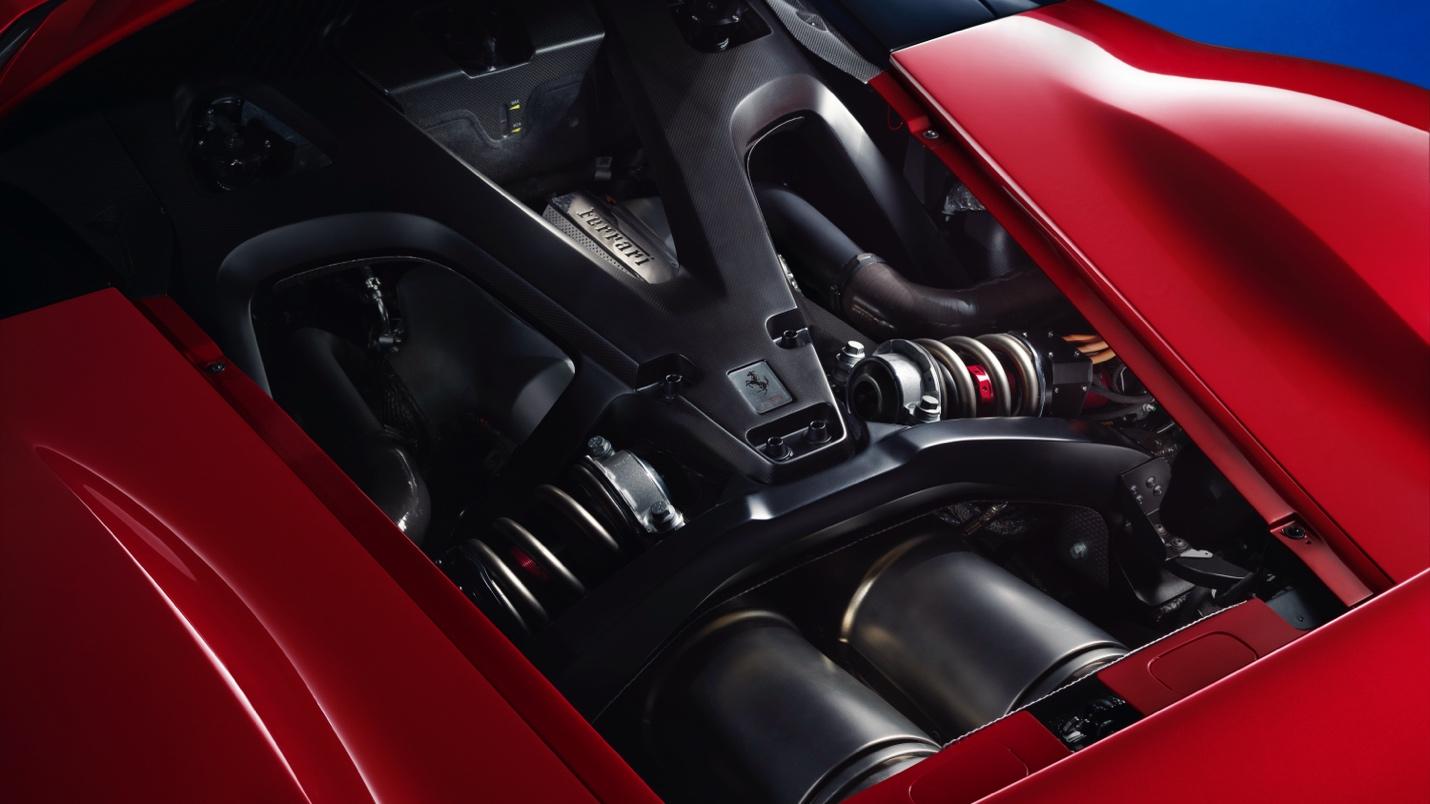
The fact that Ferrari used a V6 engine for the extension of its ‘Big Five’ – the 288 GTO, F40, F50, Enzo, and LaFerrari – was always going to attract criticism, because we’ve been spoiled by the sonorous V12s of the three most recent models. That said, the 288 GTO and F40 both feature V8 turbos, which reflected the Formula 1 racing engine architecture of the time, producing altogether different harmonics.
But isn’t this simply a case of Ferrari moving with the times? Its Formula 1 cars – the pinnacle of all motorsports – have been powered by V6 hybrid turbos since 2014. The F80 also uses the same three-liter F163CF, twin-turbo, 120-degree V6 power unit from the two-time Le Mans 24 Hours-winning 499P racing hypercar.
Ferrari was very keen to celebrate this epic success, as prior to 2023 it hadn’t won outright at Le Mans, the twice-around-the-clock French sportscar classic, since 1965! It’s a dream for a manufacturer to win such a prestigious trial of speed and endurance, which dates back to 1923, beating the likes of Cadillac, Lamborghini, and Porsche at the 100th-anniversary race before going back-to-back in 2024.
That race-proven V6 hybrid powerplant, boasting 1200 horsepower thanks to three additional electric motors, is harnessed by 1050kg of downforce (at 250km/h) from its advanced aerodynamics, making it the most powerful road-going Ferrari ever created. It boasts some very smart fuel injection technology too, which means it can deliver huge performance numbers while complying with increasingly tighter emission controls.
Like the 499P Le Mans winner, the F80 packs all-wheel drive and takes onboard many of the weight-saving lessons learned from the racing car, while the shape of both cars comes from the Ferrari Styling Center. That delivers on its stated aim of ‘extreme design language that accentuates a race-bred soul’.
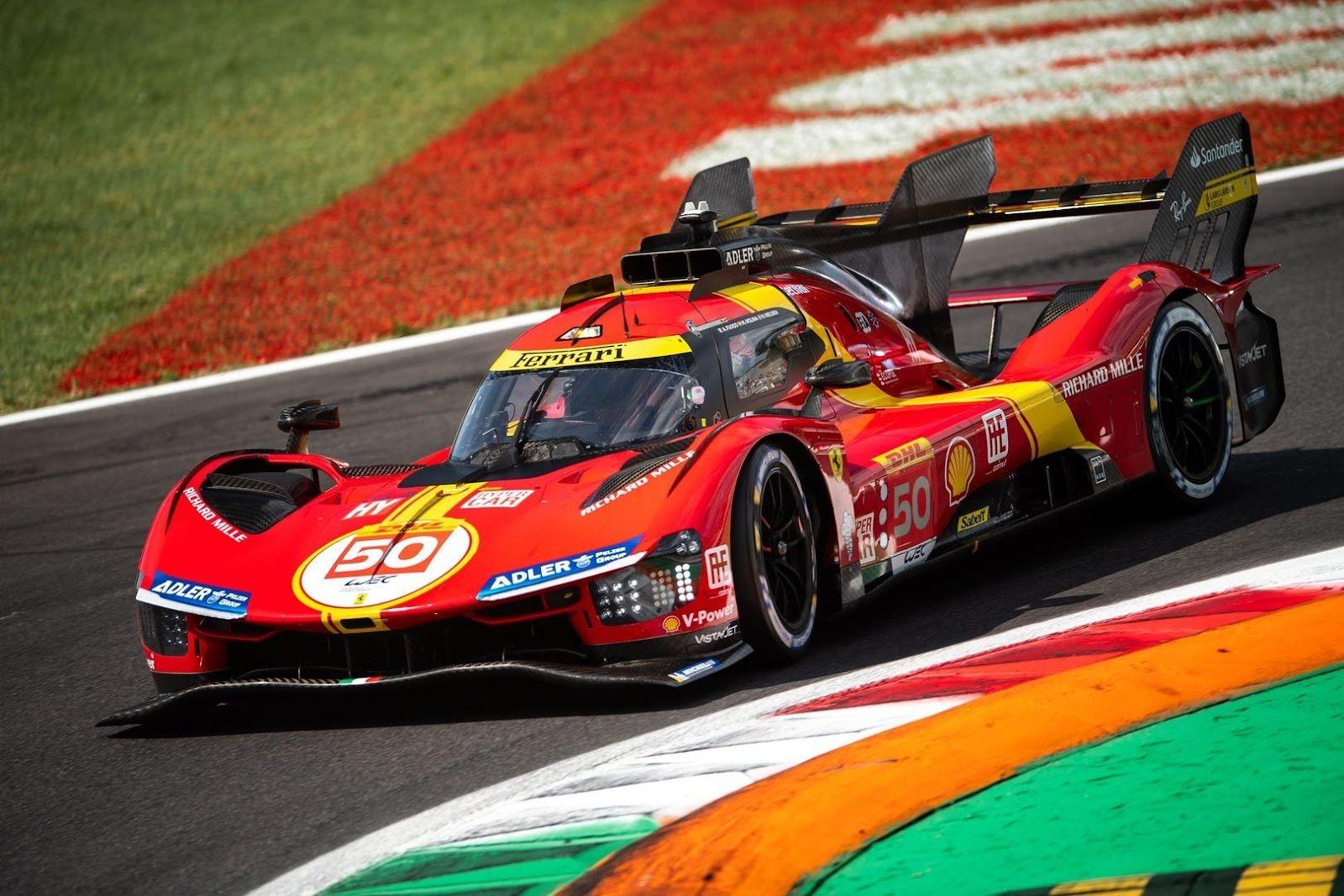
And this road-modified internal combustion engine – which actually produces north of 200bhp more than the racer – revs to just over 9,000rpm, which isn’t bad for a turbo-assisted engine, coupled with a sound-absorbing MGU-H and those quiet electric motors. Exhausts can certainly be tweaked to make them louder, but this is a sound of the high-tech times if you like. It’s also worth noting that Ferrari has filed a patent for an amplification system that would magnify the sound of an electric motor and reroute it through the back of the car.
F1 fans have a long since stopped bleating about engine notes – even if they’d prefer V8s, V10s or V12s, there’s no going back now. Compare it to the Mercedes-AMG Project One, which has a V6 hybrid turbo engine derived from its F1 program, which shows how keen manufacturers are to transfer racing technology into their road cars.
2: It has a black moustache across its nose
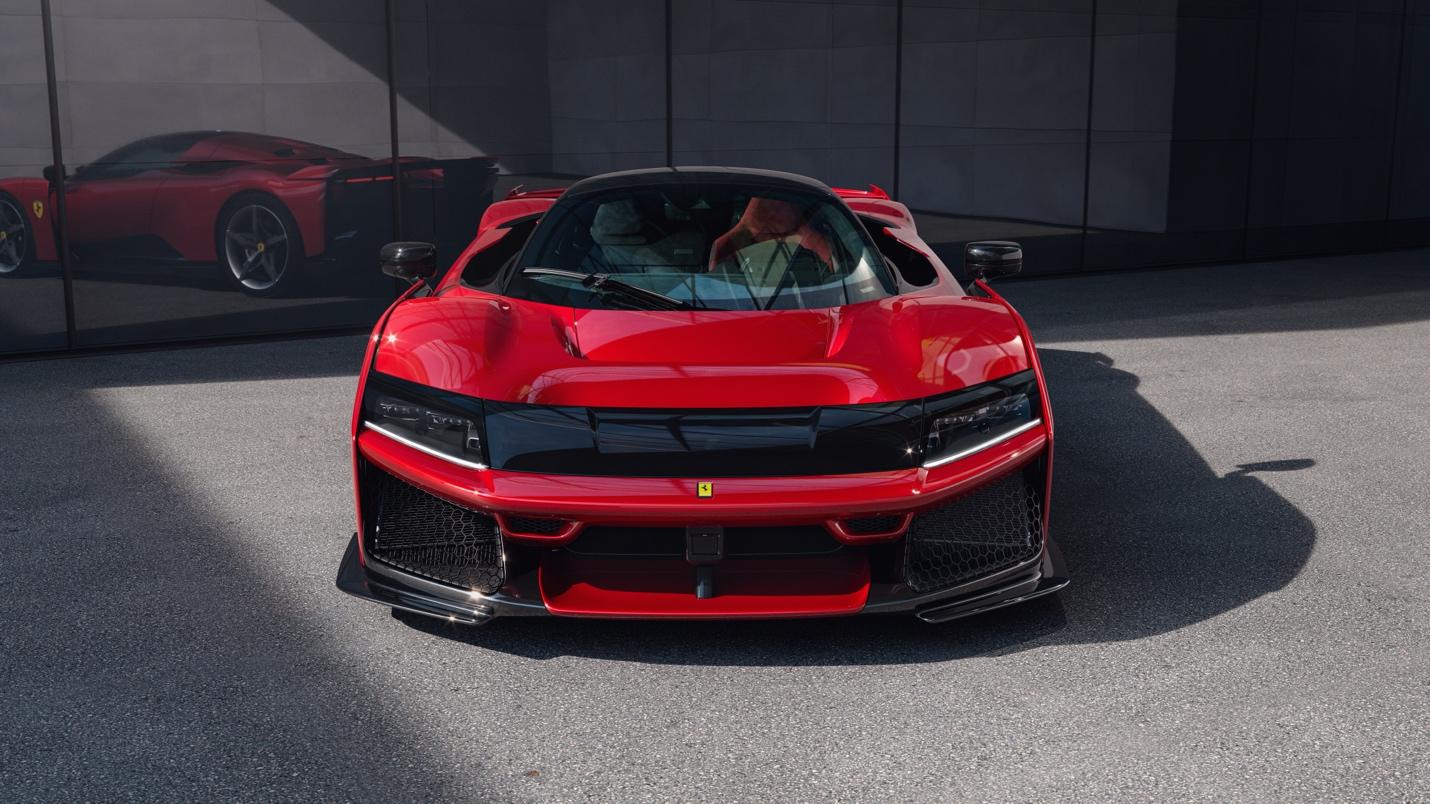
They say that beauty is in the eye of the beholder: Across the road car market right now is a number of ‘statement’ front-end designs. And the F80 certainly stands out in this regard. I don’t know about you, but the carbon fiber black ‘moustache’ between the headlights certainly gives it some front-facing attitude!
The nose contains a front wing and a splitter, just like the Le Mans racer, plus an F1-style S-duct, and a hidden triplane of aerodynamic devices. This is very much a product of function as well as form – and the styling does look like the wild-looking racing hypercars you’ll see in the World Endurance Championship. You can argue this has a more racecar-influenced design than any of the ‘Big Five’ that went before.
If the F80 has a styling issue, it can be blamed on the direction of travel for modern racing car design, with its boxy looks. As mentioned earlier, both the F80 and 499P are the products of the Ferrari Styling Centre, headed by Flavio Manzoni, and this look reflects the aim that Ferrari’s supercars should ‘represent the pinnacle of cutting-edge technology and innovation of its era’ allowing them to become ‘enshrined in popular culture’.
And those stark, somewhat brutalist lines that have resulted in a quest for radical design cues are quite the contrast to the post-millennium beauty of the Enzo, LaFerrari, F8, and the Daytona SP3.
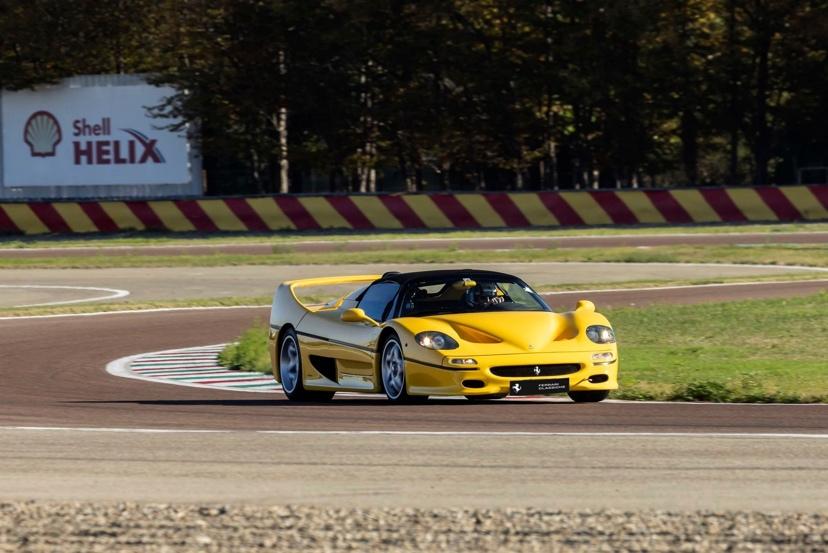
The outcry reminds me of how the F50 was received 30 years ago. It too was criticised for its aggressive styling – especially with that large rear wing. But, let’s face it, perhaps the F50’s main problem was it came so soon after the production run of the beautifully proportioned F40 ended. Talk about a tough act to follow!
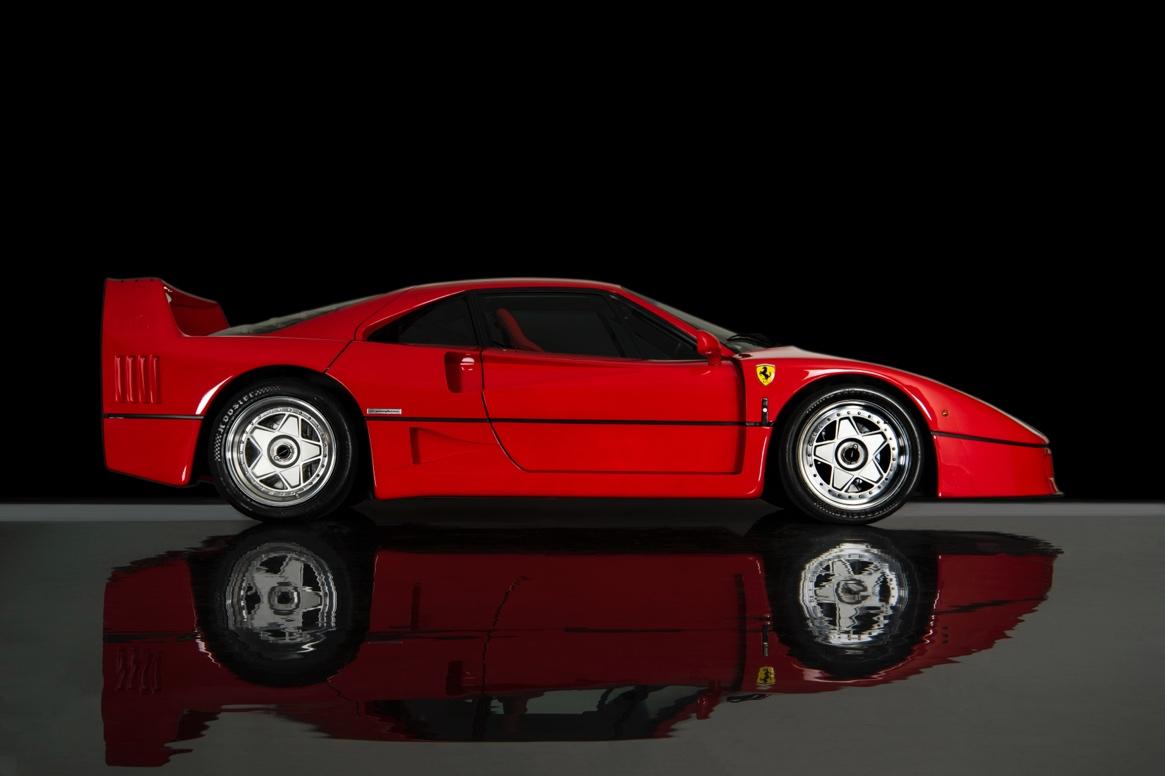
Yet the F50’s rarity has proved to make it an even smarter investment, which we’ll come to next…
3: It’s way too expensive
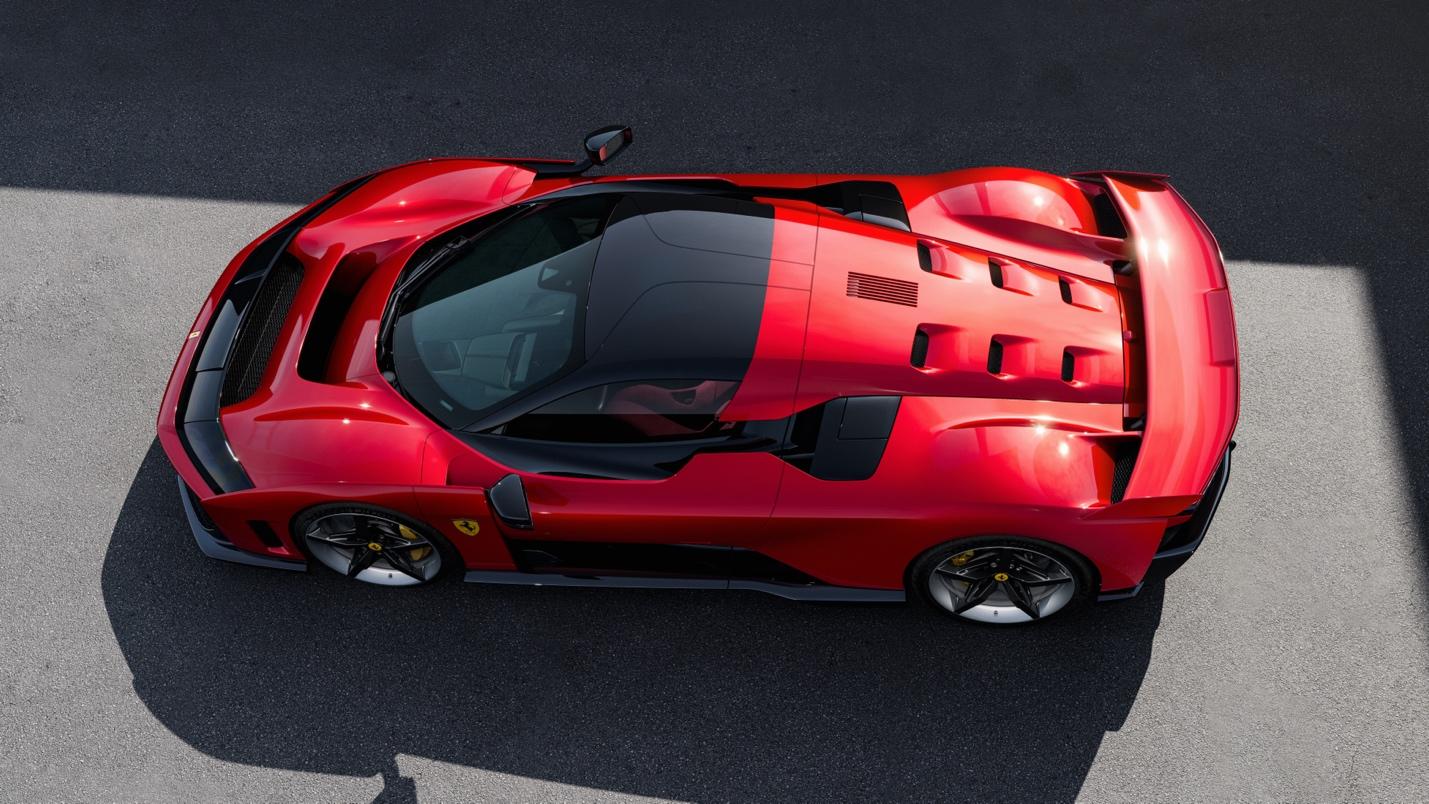
Tell that to the 799 customers who’ve each already reserved this car for $3.9 million. You can argue that Lamborghini reset the bar here with its $4 million 50th anniversary Veneno – and that was launched over ten years ago! Bugatti and Pagani have both launched some insane hypercars well beyond that figure.
Ferrari’s price point is, of course, well in excess of its previous halo car, the LaFerrari, which retailed around the $1.4 million mark – although the Aperta that followed cost $2 million. Sure, the F80 is effectively double that figure, but LaFerraris are reselling at $3-5 million on the market right now – with an example of the even rarer Aperta currently listed at $5.8m.
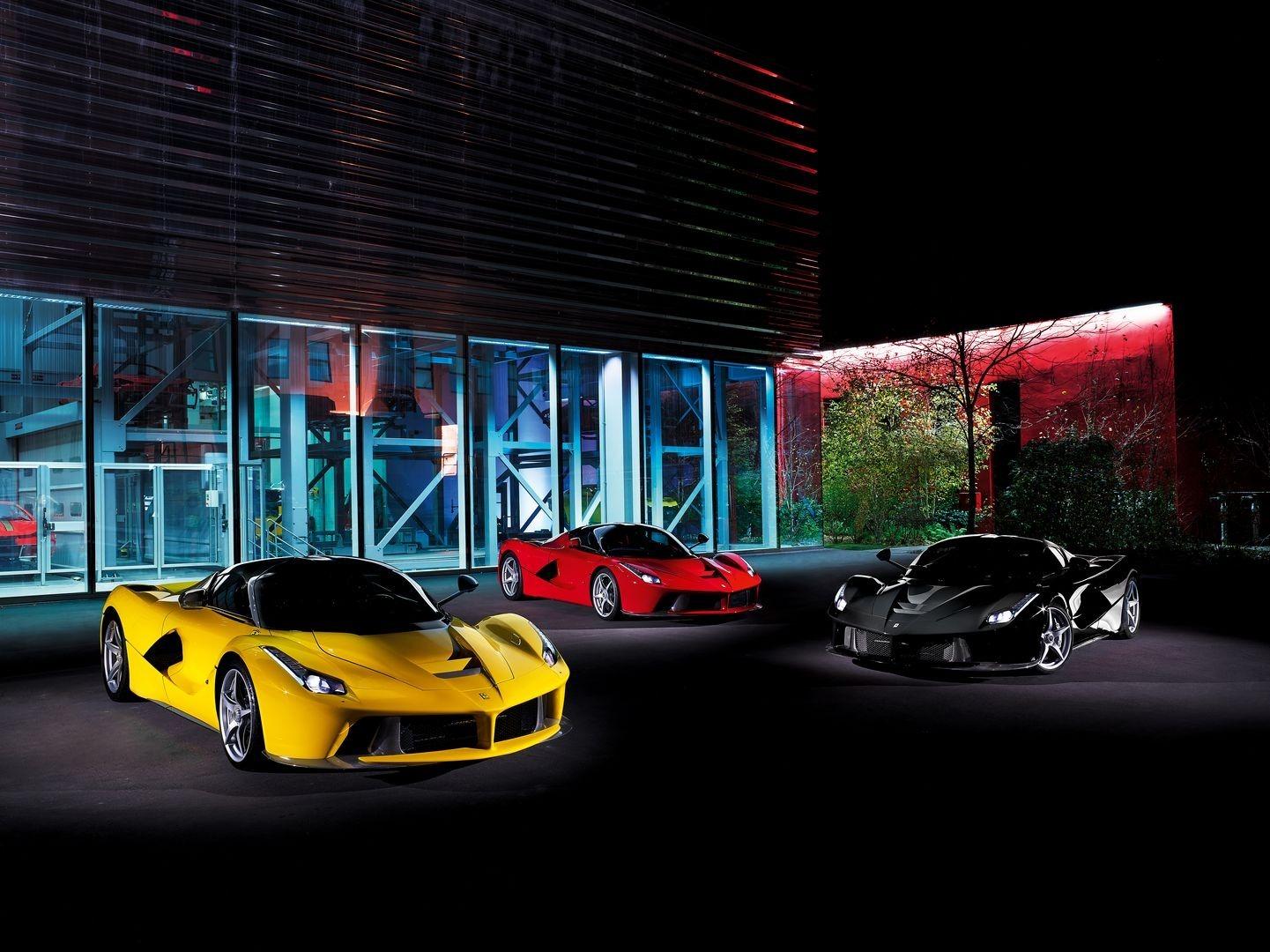
And that’s the big financial point: the depreciation fear for Ferrari’s flagships have been eradicated over time. According to duPont REGISTRY’s data, Enzos now cost between $3-$4.5 million (not bad considering its $650,000 launch price).
On average, F50s cost around $5 million (one topped out at $5.5m at Sotheby’s Monterey this year) which effectively adds a zero to the retail price in 1995. F40s (launched at $400k) have risen to around $2-4m – although, amazingly, one was listed in duPont REGISTRY magazine for $250k in 1992, surely one of the biggest bargains ever given what’s happened since?
Meantime, the 288 GTO – the classic model which started it all – has provided a massive return on its 1984 launch RRP of $85k to price ranges of up to $4.5m.
Below is a snapshot of the latest market, including the highest transactions for each model recorded this year…
| Model | Date Launched | Initial Price | Current Price (2024) | CAGR | S&P CAGR Same Period |
|---|---|---|---|---|---|
| 288 GTO | 1984 | $85,000 | $3,882,500 | 10.03% | 9.15% |
| F40 | 1987 | $400,000 | $2,551,465 | 5.14% | 8.22% |
| F50 | 1995 | $500,000 | $5,505,000 | 8.62% | 8.20% |
| Enzo | 2002 | $650,000 | $4,510,000 | 9.20% | 7.93% |
| LaFerrari | 2013 | $1,400,000 | $4,675,000 | 11.58% | 11.29% |
Back to the F80: Remember, an awful lot of cutting-edge technology has gone into this car. It also boasts an active suspension system that is way more advanced than those of its previous supercars, operated by four motors at each corner. Those give it exceptional ride stability to go with all that downforce, which includes the huge moveable rear wing, and the Le Mans racer power unit.
So, was Ferrari trying to second guess the resale market, to ensure it didn’t starve itself of potential revenue by undervaluing this car? According to duPont REGISTRY’s figures, a projected resale price point for an F80 will be between $6-8 million, depending on market forces, so this high retail number should certainly be justified in the future.
Also, over time, once that tiresome pearl-clutching on social media has subsided, the outcry over its sound and nose design will likely vanish too, as the F80 makes it Ferrari’s ‘Big Six’.
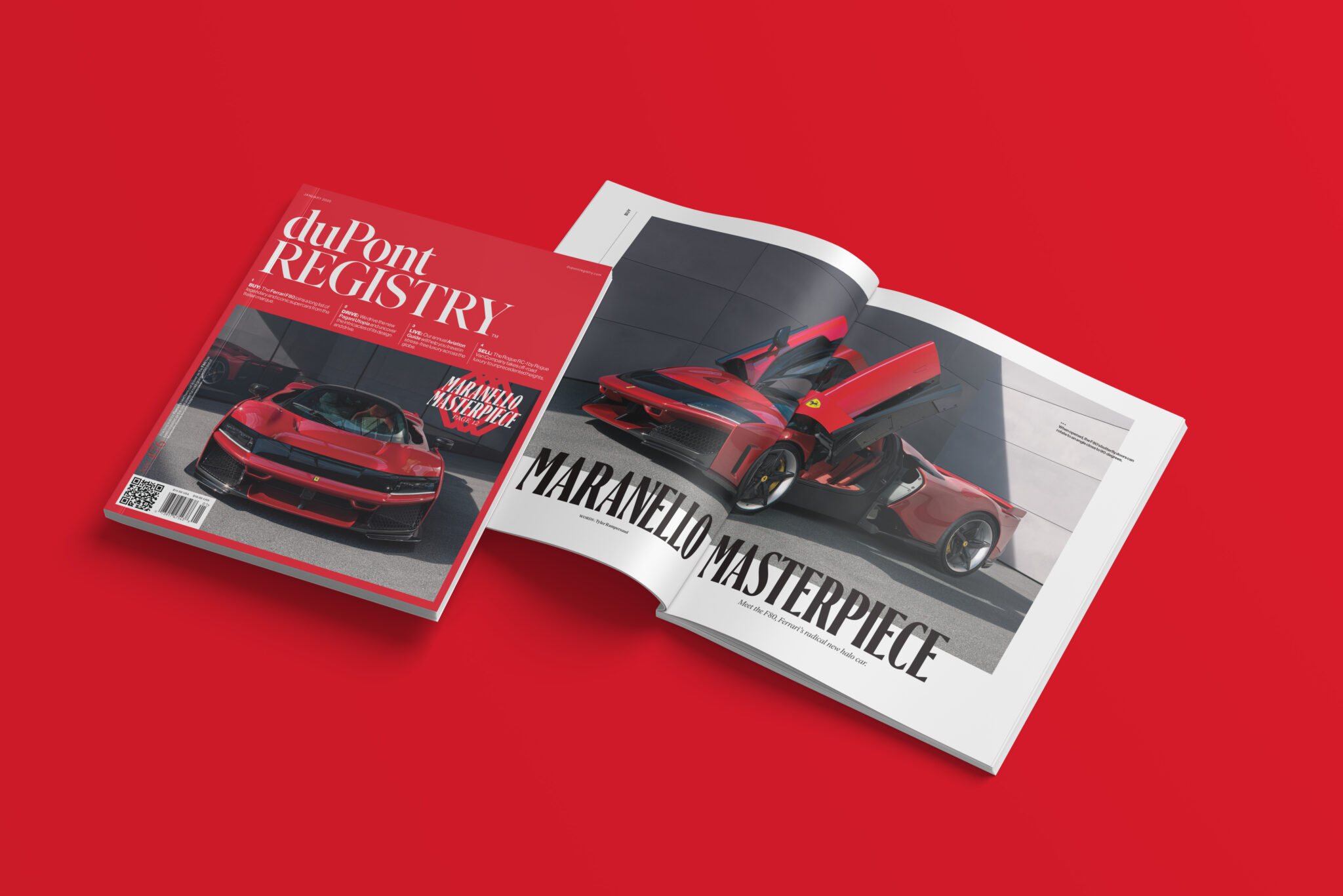
This article appeared in our January 2025 Issue.
Introducing the January 2025 issue of duPont REGISTRY, #476, starring the all-new Ferrari F80. To get your hands on a copy, either buy a single issue or subscribe.
Image Source: Ferrari

